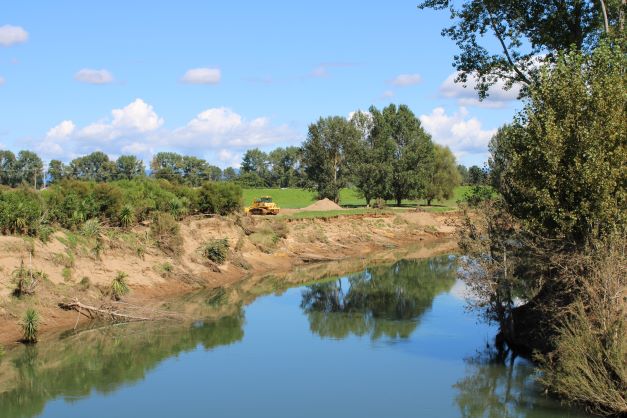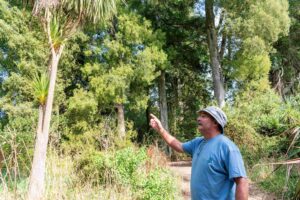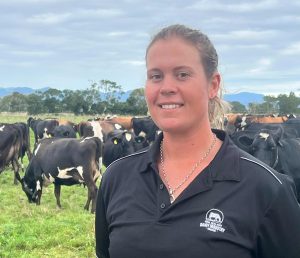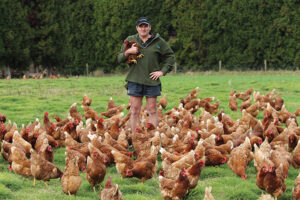Slips, river erosion protection works ripped out, blocked rivers, river channels off course, debris and silt buildup, river flood capacities compromised – this summer’s flooding has left behind a substantial trail of damage for Waikato Regional Council to remedy for its communities.
Across the region, the estimated cost due to damage from the flooding events is nearly $18.5 million.

All areas presenting immediate high risk of flooding to communities and properties are being done as a priority before June, 2023, with further remedial work to continue in the following two years.
One job of high priority is remediation works to the Ohinemuri River in Paeroa, beneath the Criterion Bridge, currently underway. Works supervisor Hayden McGregor, from the council’s Paeroa office, said major silt deposits accumulated on the south side of the river under the bridge during the floods significantly reduced the volume of water that could pass under the bridge.
“As a result of the river having to make room for itself, it eroded a lot of the river berm in the front of the stopbank that protects the town. So, we’re creating some rock armouring to the riverbank to prevent any further erosion and loss of bank.”
Up to a metre of silt was also removed from the surface of the berm on the downstream, south-side of the bridge to improve future flood capacity of the river within the town’s two stopbanks.
The unseasonably wet summer caused extensive damage to multiple rivers and streams in the Coromandel Peninsula and Hauraki catchments, and to a lesser extent in the lower Waikato/west coast.
Cleaning up has been the immediate focus of the council’s river management teams, so removing trees from the rivers as they cause blockages that exacerbate damage, and realigning river channels.
Coromandel Catchments Lead James Ferrier-Kerr said the events of the summer culminated in the worst, widespread damage he had experienced in his seven years working in river management in the peninsula.
“A big part of the Coromandel story is the successive heavy rain events we’ve had in May, July, September, November, December, followed by Hale, Auckland Anniversary weekend in January then Gabrielle for three days in February,” James said.
“When Gabrielle made landfall, we were already in a state of catchment saturation with obstructions and bank erosion sites known but unable to be remedied between events. Since Gabrielle, we continued to have localised heavy rain in March and April.”
James said the priority has been clearing obstructions to mitigate the flood and erosion risk before starting on erosion protection works. Logistics have been difficult on the peninsula with road closures.
“We estimate a further 12 months of remedial works. We have completed 34 out of 88 clearance jobs and landowners are still making contact. We’re spending days if not weeks on the same property.”
In the Hauraki area, the flood management team has also been making its way clearing obstacles along rivers and realigning channels. “Basically, we’ve been working from the bottom of a river up, doing what needs to be done,” Hayden said of the Komata, Hikutaia and Puriri rivers, also tributaries of the Waihou River, and the Kauaeranga River, which is the third largest river system within the Waihou Valley Scheme.
“The extent of the damage to our rivers is quite incredible,” he said.




